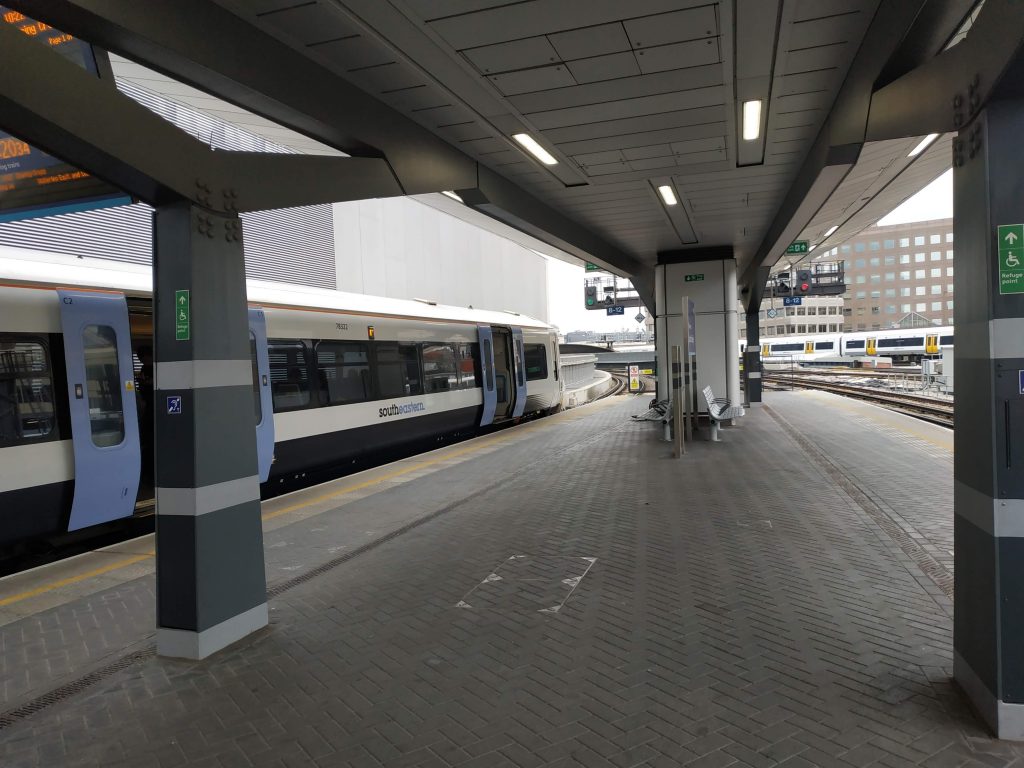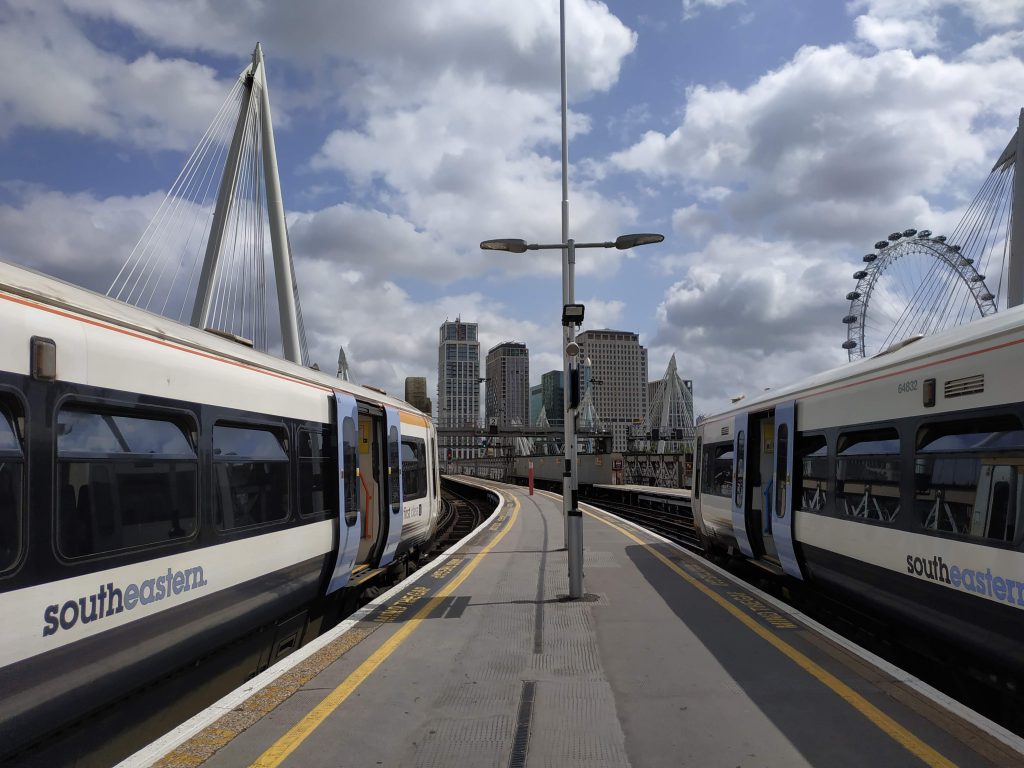Are Southeastern twisting “on time” stats through timetable padding?
Figures on train arrival times have long been dodgy and unreliable. A train is not classed as late if less than five minutes late – so how to get around that? Well, whack on a few extra minutes into the timetable between the penultimate and final destination so running late often magically becomes “on time”.
This is common at peak times. A journey that takes, say two minutes, will be timetabled as three or four minutes throughout the day. But in the peak it rises further.

There’s now some ridiculous padding going into timetables to make stats look good – and the stats entirely unreliable.
One example is Waterloo East to Charing Cross. It takes two minutes. It’s timetabled at two minutes off-peak. Come the peak and it’s suddenly timetabled at nine minutes – more than four times as long as the reality.
Thus a train running 10 minutes late is suddenly less than five minutes late and on time.
Note also how the two to three minutes between London Bridge and Waterloo East becomes five minutes.
And this has occurred after billions were spent on providing more through-lines and platforms to Southeastern as London Bridge was rebuilt.
It’s the same with trains to Cannon Street with times doubled from London Bridge:

The same happens Kent-bound at Dartford, Gravesend and other stations. The statistics are a nonsense. Manipulation renders them moot.







During peak times the platforms at Charing Cross are all occupied. You are usually outside the station on the bridge. You then wait until a train departs. More time needed than off peak.
Hmmm, usually the time taken in the peaks is little different to the peaks which combined with padding wipes out delays. I’ve checked realtimetrains for tonight, when disruption occurred, and most trains took 2-3 minutes from Waterloo East to Charing Cross despite timetabled for longer.
Just claim the delay repay to london bridge – its still classed as a terminal station
Infuriating. The reason is also to stop Southeastern having to pay compensation. It seems to have markedly worsened with the advent of Delay Repay 15
I also suspect statistical manipulation in the following ways:
– Digital board on the platform says the train has arrived, even though it actually arrives a few minutes later. I suspect that stats are recorded based on what the digital board displays.
– Train apps that take their feeds from official sources will display the same departure/arrival status that does not reflect reality on the platform.
– My train is 10 minutes late, yet apps show the expected arrival time at stations downwind to be anything from on time to a few minutes late. Do all the trains ahead somehow bend time and catch up with the schedule?
– And the most sly move: the train I’m waiting for is a few minutes late. And later. And later. Until – oh look! – it’s the next scheduled train. So, they’ve made this second train appear to be both the non-existent delayed train and the scheduled train. As far as the stats are concerned, they ran both services with no cancellations, yet only one turned up. Evil genius!
An app that crowd-sourced train arrivals and departures would help make a non-official set of stats that regulators could use. Right now, they rely on self-reported official stats which paint a less crap picture.
Something else which may be meaningless: Have you ever noticed how the time display on the overground platform at Canon St is actually a minute behind the time displays on Canon St underground platforms. Why is that? Not sure if this is consistent across other stations – Charing X, etc.
Cannon Street, and there are no Overground trains departing ffrom there
Completely agree. Since we moved to Eltham in 2016 the timetabled services have been padded substantially at both peak and off peak. Timetable now takes 20% longer between ELW and LBG than 3 years ago, as you say despite the investment on through lines which were supposed to reduce delays. Trains are also consistently delayed beyond the padded timetable leading to substantially longer journey times. Additionally off peak dwell times at LBG are ridiculously long, leading to sitting at the platform for many minutes. The regulator needs to look at how overall journey times have changed over the years and new timetables should be subject to scrutiny to avoid this manipulation.
Look at old timetables. The trains are much slower than in the 1950s between London Terminals and Blackheath even with fewer stops. The service is really dire because out of London they still usually arrive late at Blackheath. Look back at the 1990s and the trains were much faster then too. Now a typical experience on a train from Charing Cross to Blackheath is that the train arrives early at London Bridge and waits (leaving late if the dispatch staff are not doing their job properly). It almost invariably gets systematically stuck at signals on the ramp alongside St Johns station and it usually gets stuck systematically again just outside Lewisham station. This very often means that despite all the padding the train is STILL late when it gets to Lewisham and in consequence is a few minutes late by the time it gets to Blackheath. Really sloppy operation and I’m talking about an off peak experience when the lines are less busy.